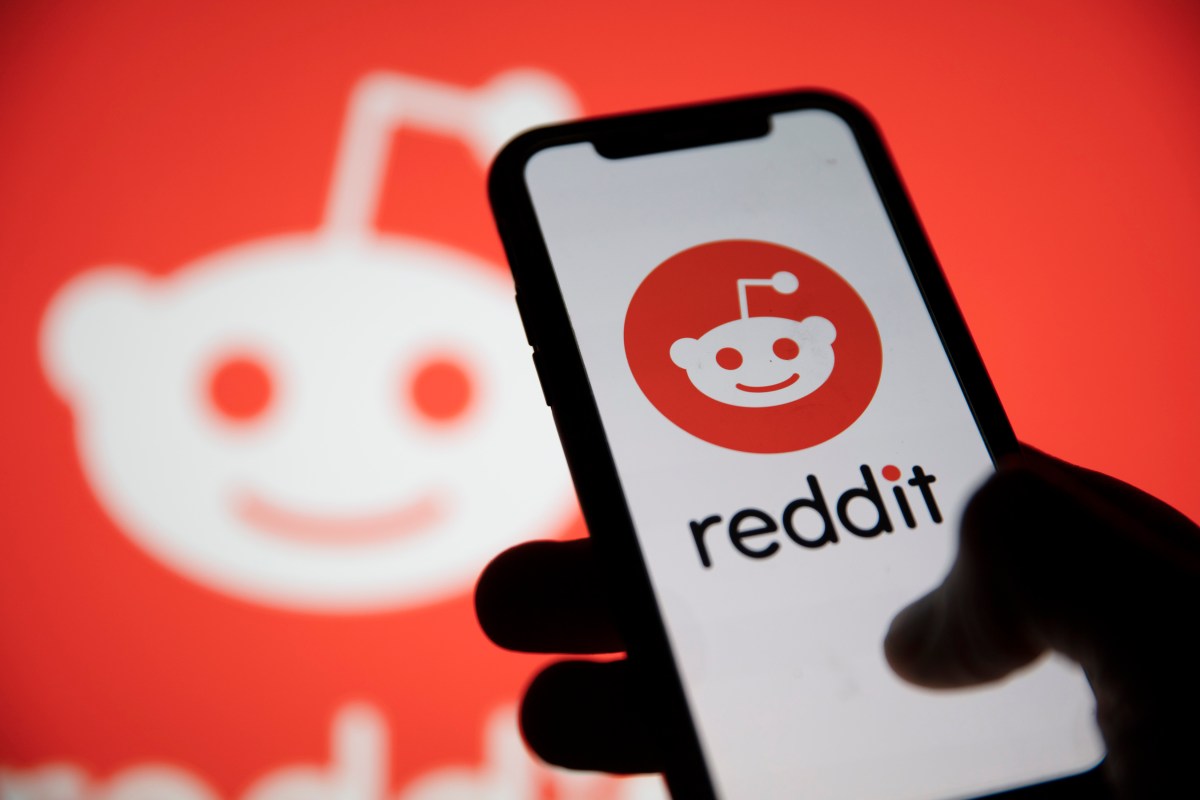
Apple is expected to unveil its new mixed-reality headset, dubbed “Reality Pro,” at the WWDC keynote on June 5. That’s less than two months from now. And while the headset is not expected to actually ship until later this year (and will be an expensive, limited-quantity item at the start), Apple needs to entice potential buyers and developers with exciting experiences.
According to the latest report from Bloomberg’s Mark Gurman, it’s all hands on deck to create custom AR/VR versions of Apple’s core apps. Most of the apps detailed in the report have been assumed, but not actually confirmed yet. Gurman claims some company engineers have been working 80-hour weeks to get the software ready for the launch on June 5.
It seems that, in general, every app that comes pre-installed on an iPhone is going to get a custom app for the Reality Pro. Apps mentioned in Gurman’s report include:
- Books
- Calendars
- Camera
- Contacts
- FaceTime
- Fitness
- Files
- Freeform
- GarageBand
- Home
- iMovie
- Keynote
- Maps
- Messaging
- Notes
- Pages
- Photos
- Reminders
- Music
- News
- Numbers
- Safari
- Stocks
- TV
- Weather
Many of the apps are said to look much like their iPad counterparts. It makes sense–most of these things are fundamentally designed around text or images, so things like “floating iPad app windows with custom controls” feels like the right approach at the start.
The report also talks about some of the ways some of these apps will be updated to make special use of the mixed reality capabilities of the headset. For example, it has previously been reported that you’ll be able to view video content in a “virtual theater” or other virtual settings like the desert or moon, which will likely be part of the TV app. The FaceTime app will aim to create a digital avatar of users in a virtual meeting room. The Fitness+ app will let you watch a fitness instructor in VR while you work out, while a meditation app will provide “a series of calming graphics, sounds, and voice-overs”. Camera will of course let you take photos and videos using the device’s cameras, while the Freeform app will let users collaborate on projects using a virtual whiteboard.
The latter is said to be a major selling point, though other companies have tried to push virtual work collaboration with little success–thus far, people have been resistant to working in VR, and working together in VR or AR doesn’t seem any more enticing.
Apple is also said to make watching sports in an immersive way a big selling point as well, with Major League Baseball and Major League Soccer likely highlighting the content. The tvOS 16.5 beta introduced a new Multi-View feature for sports, but it’s not clear whether that’s part of the AR features as well.
In what Gurman says is a reversal from the company’s earlier approach, gaming is meant to be a major category for the Reality Pro. It’s no wonder–it’s one of the best showcases for VR and AR technology, and the most popular software category for Meta’s Oculus headsets, as well as most other competitors.
Gurman says Apple has been working with “a small number of developers for months to help them upgrade their existing software for mixed reality.” There will be a gap of several more months between the announcement and release which should give time for other developers to get on board.
The headset will be able to run multiple apps at once, in floating windows. It will remember where you are when you use them: the example given is that if you open Safari in the kitchen, leave, and then come back, Safari will reappear. While Apple wants as many AR- or VR-optimized apps as possible, the xrOS operating system, which is reportedly based on iOS, will be able to run iPad apps either as-is or with minimal modification.
In the end, it sounds as though every Apple app is going to get some sort of optimized version for the headset, with some being little more than floating windows showing an iPad-like UI and others making integral use of the AR and VR capabilities of the device. But Apple seems to realize that if it is going to make this category of device successful, it needs developers to be all-in rather than taking a wait-and-see approach.






